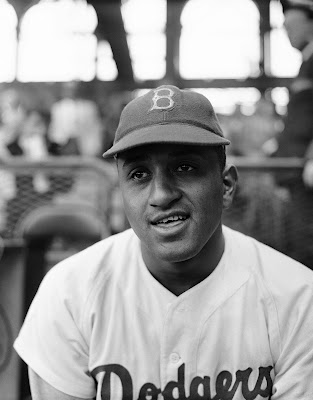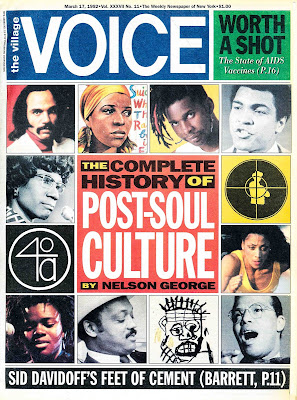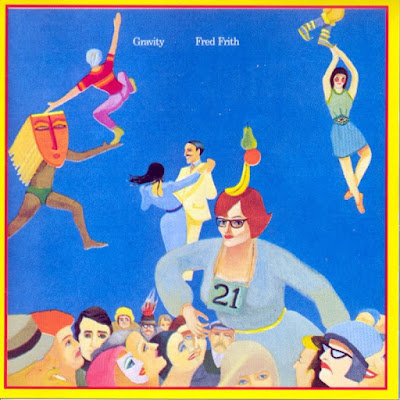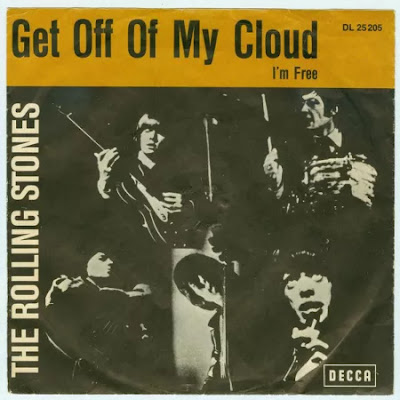
Thomas Mapfumo, 1988
"In 1986, a group of five young Zimbabwean musicians called the Bhundu Boys arrived in the UK for their first foreign tour. They had the charisma of a young Beatles, reflected in soulful vocal harmonies, exuberantly enmeshed electric guitars, pumped-up grooves, synchronized stage moves and hook-laden songs that easily transcended the language barrier. ... They were typically nimble, gliding along in 12/8 time with I-IV-I-V harmonic progressions that likely owe something to the hymns and songs sung in colonial-era churches. They focused on matters of daily life, accompanied by anything from gourd shakers and ngoma hand drums to an array of acoustic guitars. Curiously, the word jit isn’t even found in the Shona language. It came from South Africa – along with terms such as jive, marabi and tsava-tsava – describing a feeling of giddiness and celebration rather than an identifiable set of musical characteristics. ..."
Red Bull Music Academy Daily (Video)






































